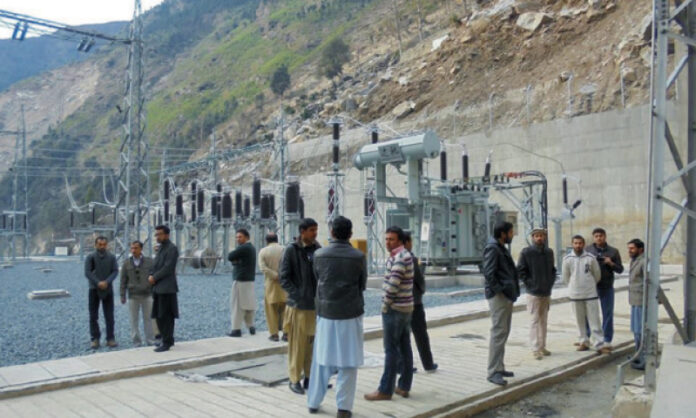PESHAWAR: Despite spending Rs3.2 billion on the 17 megawatt (MW) Ranolia run-of-river hydropower project, the Khyber Pakhtunkhwa (KP) government is still deprived of its benefits as the project could hardly generate 3 MW electricity due to technical issues.
Ranolia’s construction began in November 2011 and finished in November 2015, one year later than the estimated time. For the first two and half years after the construction work completed, Water and Power Development Authority (WAPDA) couldn’t install the transmission lines to supply the electricity to the national grid.
As a result, the power generation machines were lying idle and couldn’t generate even a single unit of power during this time when the country was experiencing a severe power shortage.
Then, in May 2017, the transmission line was stretched and the facility was connected with the national grid but the agreement with KP government was not finalized, therefore, power generation couldn’t start until October 2019. However, after six months, engineers had spotted defects in the project designs and thus, the power generation was stopped once again.
According to sources, the power transmission line from Ranolia is also connected with three other WAPDA projects of Alai Khwar, Khan Khwar and Dabir Khwar. This means that the suspension of power supply from Ranolia have also stopped power supply from the other three projects. In April, WAPDA cut off the power supply and water from Ranolia was diverted to Farbe. When water was discharged from the spillway, it deluged an entire village.
According to Pakhtunkhwa Energy Development Organization (PEDO) sources, discharge of water from the spillway is actually a design problem and its replacement is the responsibility of the project contractor. Similarly, the road leading to the spillway has been closed by the locals. In April, Rs50 million was released to the district administration to solve the flooding crisis but so far, the land couldn’t be purchased from the locals. The officials added that in July and August, a full load test was carried out on Ranolia but it could hardly generate 3MW instead of the estimated 17MW.
According to PEDO officials, the construction work of the project is complete, however, it will remain with the contractor until the project generates 17MW electricity. The officials added that the water flow is likely to be very high from May to August. The possibility of generating 17 MW of electricity before May is unlikely. Similarly, the contractor has demanded an additional Rs800 million. Therefore, the matter has been referred to the dispute resolution committee, which will take a final decision in this regard.





This report does not give a true picture of the real situation.